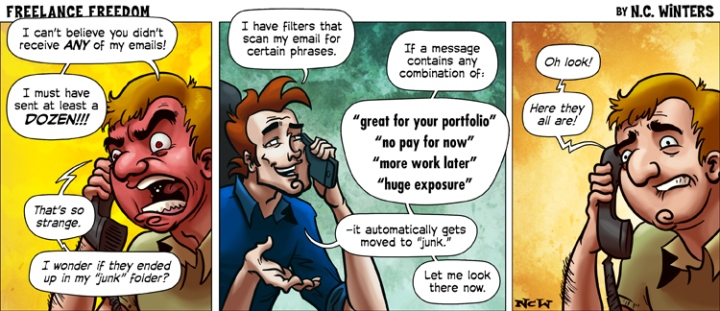“Am I inventing things to do to avoid the important?”
How many hours do you work a week? Twenty? Thirty? Forty? Sixty? How many would you like to work? What if you could only work four hours a week and make more money than you had in the past and do more things than you could have dreamed of before?
These are the questions that are raised and answered in:
The Four Hour Work Week by Timothy Ferriss
The book covers how to gain a shorter work week through remote working in your job or creating a self-sustaining business.
“The manifesto of a dealmaker is simple, reality is negotiable.”
Points of Interest:
- Adventure Deficit Disorder: lack of having any sort of adventure in your life. Such as not taking a vacation in years or doing something fun or taking risks. Having worked many years in menial jobs I am no stranger to this. Definitely get up and go on vacation sometimes or just take days off simply because I can’t stand it anymore.
- Define your nightmare: An exercise where you imagine what worst the could probably happen if you were to take the big leap. You have to face that fear and get over it. What are the outcomes or benefits? What if you were fired? What are you putting off? What are you waiting for? All good question in this exercise about fear.
- Tool and Tricks: At the end of each section there is a list of useful information like time enhancers, useful apps, programs and companies to help automate your business, and such.
- Become and expert in four weeks: a section on how you can go from a nobody to a somebody without putting years or ton of money into it. One instance of course is writing a blog!
- 80/20: learning what makes us the most productive and what customers are the biggest buyers. Loved this chapter in relation to customers and how you should deal with them when it comes to setting boundaries and limiting options.
“Serving the customer is not becoming a personal concierge and catering to their every whim and want.”
Things that didn’t mesh:
- Questions and Actions: at the end of each section there were a series of question and actions to followup the lessons. The questions were good and took some time, however the actions were odd. For instance you had to lie down in a middle of a walk area for an undetermined amount of time while people stare and walk around you. The point was to get you out of your skin but it was still weird.
- “Dry testing”: promoting a product that doesn’t actually exist in order to test how well it will do. This was used in the example for building a product based business. Seems simple enough but the method of doing it didn’t really appeal to me. It seemed dishonest in a way.
- Remote working: although it is a good idea not all jobs can offer this, namely customer service based ones. It is a suggested that you could get a job that does offer this but not sure if that solves the problem especially if you aren’t qualified or interested in those jobs.
- Although this book comes from the example of Ferriss and his business and how he was able to automate it and create income this method seems to work mostly with product based businesses and not so much creative side ones.
Overall I did find this book engaging and it did help when it came to facing fears about my business and how I want to spend more time doing the things I want and get out of the rat race. There is a wealth of stories and examples that illustrate the lessons.
I recommend this book if you are interested in remote working or wanting to have an automated product business.





